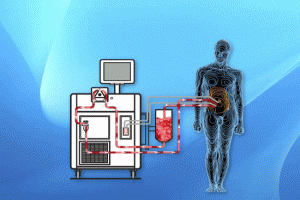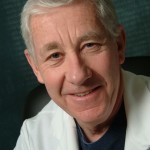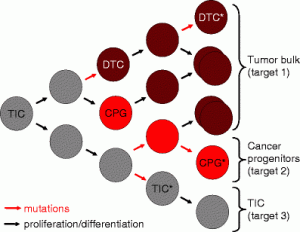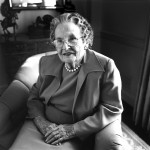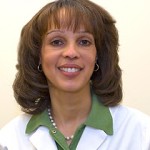Miriam Vos, MD treats a growing number of children with nonalcoholic fatty liver disease. Yet little research has been conducted into the development of the illness. Nonalcoholic fatty liver disease in children, which often is associated with obesity, occurs when fat deposits itself in the liver. It eventually can lead to inflammation, cirrhosis and even liver failure.
In the hopes of preventing the disease in children, Vos, a pediatric hepatologist at Emory University School of Medicine
and Children’s Healthcare of Atlanta, is conducting research into the origins of this disorder in children. She suspects a diet high in sugar and too little exercise are tied to its onset.
In fact, a recent study led by Vos found that Americans are getting more than 10 percent of their daily calories from fructose, used mainly in sugar-sweetened beverages and processed foods.
The study analyzed the amount and sources of dietary fructose consumption among U.S. children and adults from 1988 to 1994. The researchers found that U.S. children and adults consumed 54.7 grams of fructose per day, an almost 50 percent increase from a national study sample conducted in 1977-1978.
Fructose occurs naturally in fruits and vegetables, however, it is added to many processed foods as table sugar (sucrose) and high-fructose corn syrup.
Vos has written a book aimed at helping children and their families shed pounds and achieve better nutrition through changes in lifestyle and diet.
To hear Vos’s own words about nonalcoholic fatty liver disease in children, listen to Emory University’s Sound Science podcast.






